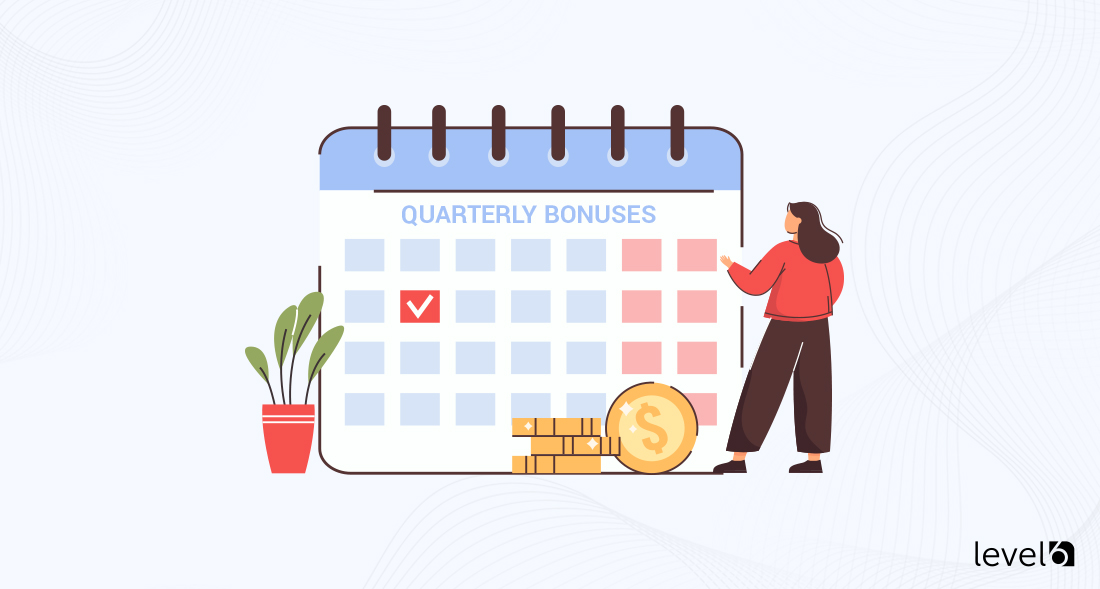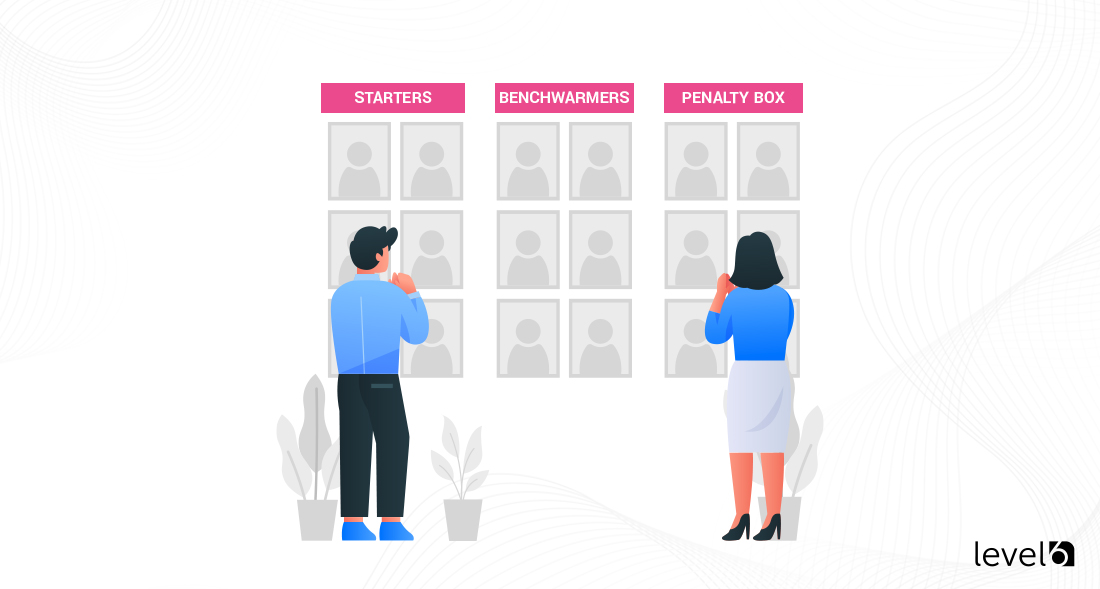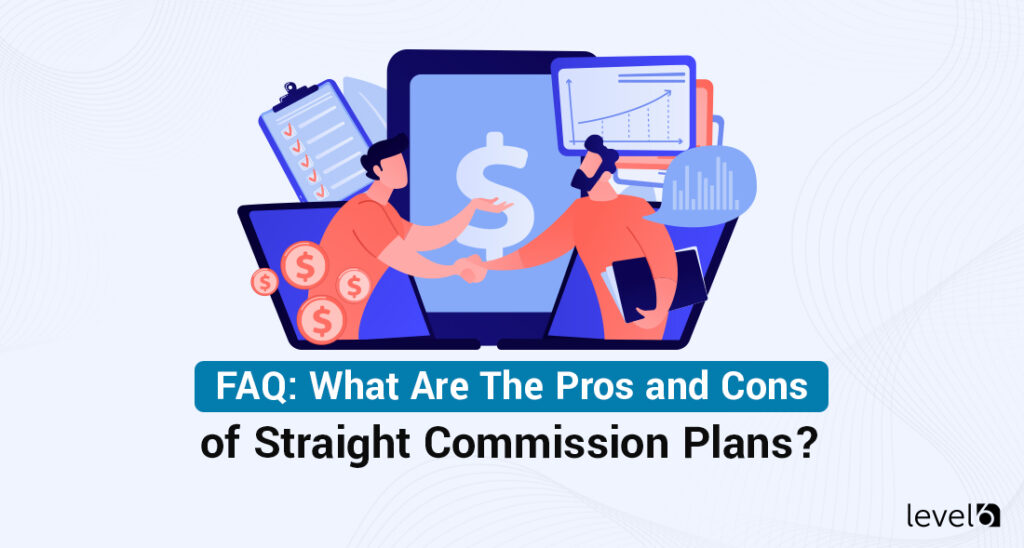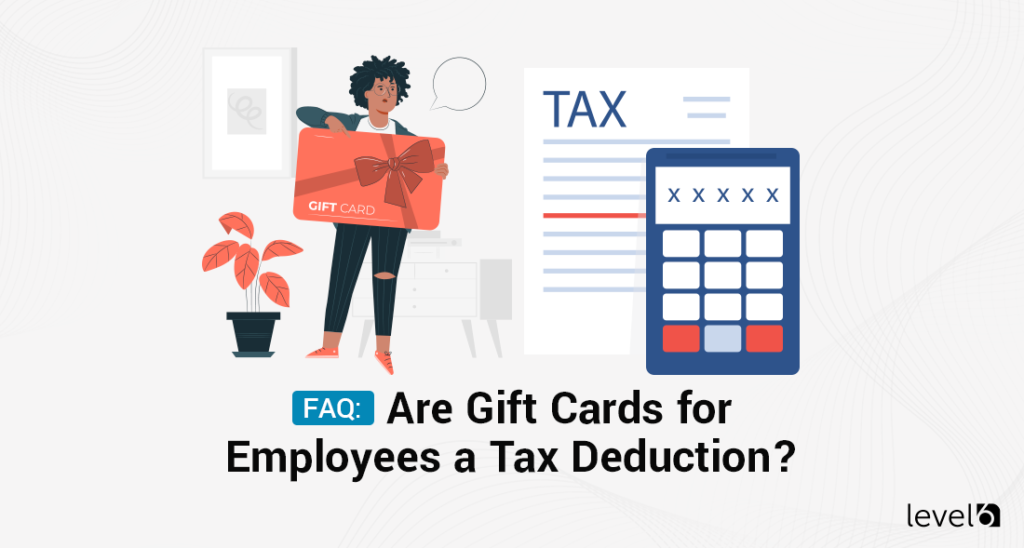If you Google “sales motivation techniques,” you’ll get about 38,900,000 results in 0.48 seconds flat. Clearly, there’s no lack of opinion in the world about how to best motivate a team of sales members.
Some say, “no one truly motivates anyone else.” Motivation is an internal drive that only works on oneself. Others are convinced that rewards are what motivates sales. And at the end of the day, cold hard cash is the best motivator of them all.
Can sales really be that simplistic? Motivation is either an internal driver or one that’s intrinsically linked to reward?
Fortunately, it seems that no one decides to become a salesperson without at least an interest in that type of work. You don’t often find someone who adores data and research, wistfully wishing they could go out and sell something. Often someone who is a creator down to their core doesn’t have the gift of selling what they’ve made. Starving artist comes to mind.
Maybe the truth lies somewhere in between internal motivation and reward. We’ve found eight of the best sales motivation techniques and dug deep to find why they work.
Characteristics of a Natural Salesperson
We often assume that someone who is confident and enthusiastic will be good at selling. There may be a good reason for this assumption, but these two traits aren’t all that’s needed to be a natural salesperson.
The best and most natural salespeople genuinely like people. This trait rarely can be faked and makes all the difference between a salesperson who oozes snake oil charm and one the public can instinctively trust to have their wellbeing in mind.
Some of these characteristics include:
Looking to learn more about an incentive, rebate
or reward program for your business?
Curious about costs?
Try our instant pricing calculator:
- Has a level of confidence that allows them to take the initiative without being self-conscious.
- Has a charisma that attracts attention and admiration and leads to influence.
- Has the ability to connect with others and build a network of relationships.
- Has the ability to communicate effectively by listening and watching verbal and nonverbal cues.
- Has curiosity about what the other person needs and can help problem solve.
- Is resilient and persistent, tenacious and patient.
- Has ambition and competitiveness.
- Can close the deal with instinct and courage.
Know Your Sales People
Warren Kurzrock, author of Sales Management Success: Optimizing Performance to Build a Powerful Sales Team, talks about how to identify a salesperson’s intrinsic motivations. He says:
“There is no magic formula, but there are methods for observing background, actions, and behavior as bases for reading motives. They should all be used in concert to support and reinforce what you’ve discovered.”
Kurzrock goes on to outline three ways in which to know what your salesperson’s motivations are:
- Pay attention to their “behavior, personality, ambitions, lifestyle, finances, interests, hobbies and family.” The more you find out about the person, the more you can uncover their natural drivers.
- Pay attention to a change in their behavior. If there’s a noticeable lapse in the grind of sales work, they may need to reconnect with what motivates them, or if you see them developing new interests or hobbies, they may be hungry for new opportunities.
- Pay attention to what they say. Go straight to the source and talk to your salespeople one-on-one. Ask them outright what motivates them and how you can support them in their sales goals.
No sales team is equally motivated and talented. According to an article by Thomas Steenburgh and Michael Ahearne in the Harvard Business Review, research shows that sales staff are “usually made up mainly of solid performers, with smaller groups of laggards and rainmakers.”
The same research finds that most companies don’t distinguish between these three groups and treat each one the same when it comes to motivation. But by acknowledging and understanding the individual salesperson, motivation can be tailored to “coax better performance from all their salespeople.”
Core performers are the biggest group and shouldn’t be ignored for the sake of the rainmakers. This group is motivated by contests with prizes of differing natures and values that will inspire them to work harder. Tiered targets seem to also help them climb the performance curve.
According to research, this type of salesperson gets the least attention but is the easiest to inspire to reach higher goals with the right motivation.
Laggard performers “need quarterly bonuses to stay on track.” If they’re given only annual bonuses, their revenues drop by 10%. The laggards in the sales team are also motivated by social pressure — noticeably by the new talent on the team. This type of salesperson needs more guidance and may need a combination of carrots and sticks to meet their targets.
Star performers, as a rule, get the most out of compensation plans. Some companies make the mistake of capping commissions to control costs. Star performers with unlimited commission opportunities seem to exceed any target set but stop working as hard if there’s a ceiling on their commissions.
Steenburgh and Ahearne also note:
“The key is to treat sales compensation not as an expense to rein in but as a portfolio of investments to manage.”
Eight of The Best Sales Motivation Techniques and Why They Work
If we keep the three types of salespeople in mind — core, laggards, and rainmakers- we can dive deeper into what motivates them and why.
Motivating Core Performers
One reason core performers don’t get as much attention from their managers as laggards and stars is that historically, more managers are picked from star performers than from core performers.
These former star salespeople tend to focus on the stars on their team and try to motivate laggards. Given that the core performers make up the largest proportion of any sales force, it makes more sense to invest in what motivates them.
1. Multi-tier targets
A national financial services company experimented with a multi-tier target program. They divided their sales force into two groups, with the first group given only two target tiers. The second group had three target tiers, with the third tier set at a point usually only hit by the company’s stars.
By the end of the experiment, they found that “core performers striving to achieve triple-tier targets significantly outsold core performers given only two tiers.”
2. Prizes
The problem with prize contests is that most often, stars win the contests and get the prizes, and core performers limit their expectations and their performance. A research project focused on the idea that “people are hardwired to adapt to their position in a social hierarchy” and used it as a way to design prizes that would incentive core performers.
They found the best option was offering gifts (not cash) that are viewed as being equal in value, or even superior, to the top-level prizes usually reserved for star salespeople. It takes some creativity, but if prizes have different price points but can be seen as having equal value, core performers will work hard to win the prize and feel rewarded even if what they won costs less than the “top” prize.
Motivating Laggard Performers
Laggards tend to be a mix of personalities and experience, from new hires who need training to those who have been on the job a long time and may have become a little lazy.
Also, laggards include salespeople who may not have the fire and ambition to sell well and aren’t as motivated as the core or star group.
3. Pace-setting bonuses
Studies have found that while instituting a single annual bonus decreases motivation for laggards by 10%, the decrease for core performers is only 4%, and for star performers, only 2%.
The laggards need more frequent bonuses to help them stay on track and keep them motivated. Quarterly bonuses help incentivize them throughout the course of the year.
4. Natural social pressure
The “man on the bench” effect is one that works in sales forces as well as sports teams. Second-string team members keep a little pressure on the team members who are first picked to play. The players on the field are always aware that if their performance isn’t good enough, they’ll be “benched,” and a second-stringer will get a chance to take their place.
The same effect happens with sales laggards. They may be on the bottom sales tier, but they don’t want to be “benched” in favor of someone in their group outperforming them. Sales teams with a bench player perform “approximately 5% better than those without one.”
5. Program-induced social pressure
These programs need to be carefully designed, but if done right, they increase a laggard’s sense of responsibility to the team and, even more powerfully, motivate the stars to help the laggards.
Two companies who tried this method found the laggards’ performed better even with a public display of sales results. One company posts a sign in the bullpen with three categories: starters, benchwarmers, and the penalty box. They successfully moved sales members from the penalty box to the benchwarmers and the benchwarmers to the starters box. They gave generous rewards, and no one wanted to be posted to the penalty box.
Motivating Star Performers
A study of New York City cab drivers showed that when drivers reached a pre-determined target for the day, they stopped working. Even if the peak demand for cabs wasn’t over and there was more money to be made.
Colin Camerer, who led the study, relates this to sales organizations that “place caps on commissions when salespeople [are] hot.” Once stars feel they are no longer being rewarded for their work, they often lose any motivation to keep making the company money.
6. No ceiling on commissions
A study by Simon Business School students examined the effects of capping the pay for salespeople. When companies stopped paying after a set quota had been reached, the sales always hovered just under the imposed ceiling.
In their test study, a large U.S. contact-lens manufacturer experimented by removing any ceiling on their commission structure and increased their revenue by about 9%.
7. Overachievement commissions
These types of commissions keep star salespeople focused through the end of the year, which is the time customers are “most ready to buy.” Overachievement commissions are reward rates that start once set quotas are met.
The difference between no-ceiling and overachievement commissions is that the first keeps the commission rate consistent, and the second raises the commission rate once the quota has been reached. According to research at an office supply company, the overachievement commission grew stars’ sales by 17%.
8. Multiple winners
Another study by Mike Ahearne and Noah Lim found that contests with multiple winners “boost sales effort and performance better than contests with a winner-takes-all prize structure.”
The study suggested that more prizes should be given rather than fewer. Offering as many prizes as there are stars in a sales force increases the chances that someone in the laggard or core group will win one of them. This seems to motivate the stars to work even harder.
Back to Steenburgh and Ahearne. They have more than 40 years of experience working on sales issues with companies. They’ve found that the decision on how to compensate salespeople is always near the top of the list of things they spend the most time trying to set up and manage well.
They recommend that companies clearly understand their performance curve as a first step. While there are fancy ways to calculate this, a simple way to get a good idea of where your company is is by “calculating each salesperson’s performance against sales targets.”
Once you’ve created a histogram (different than a bar chart), you’ll be able to see if your company’s “curve” is in the normal range with mostly core performers and an equal number of laggards and stars.
You’ll then be able to tailor your incentives to the salespeople in your company based on real numbers rather than guesswork. For an even more tailored approach, check out A Step-by-Step Guide to Smart Business Experiments by Eric T. Anderson and Duncan Simester. By experimenting with a treatment and control group, you’ll find out what works best to motivate your sales force.

Claudine is the Chief Relationship Officer at Level 6. She holds a master’s degree in industrial/organizational psychology. Her experience includes working as a certified conflict mediator for the United States Postal Service, a human performance analyst for Accenture, an Academic Dean, and a College Director. She is currently an adjunct Professor of Psychology at Southern New Hampshire University. With over 20 years of experience, she joined Level 6 to guide clients seeking effective ways to change behavior and, ultimately, their bottom line.

 Demo
Demo













